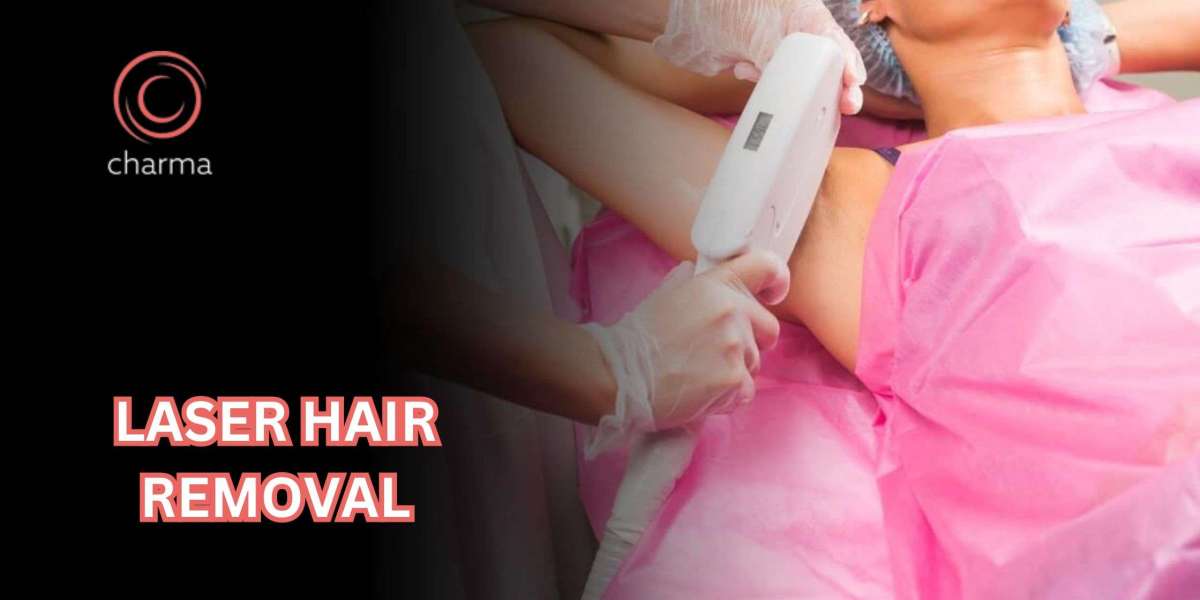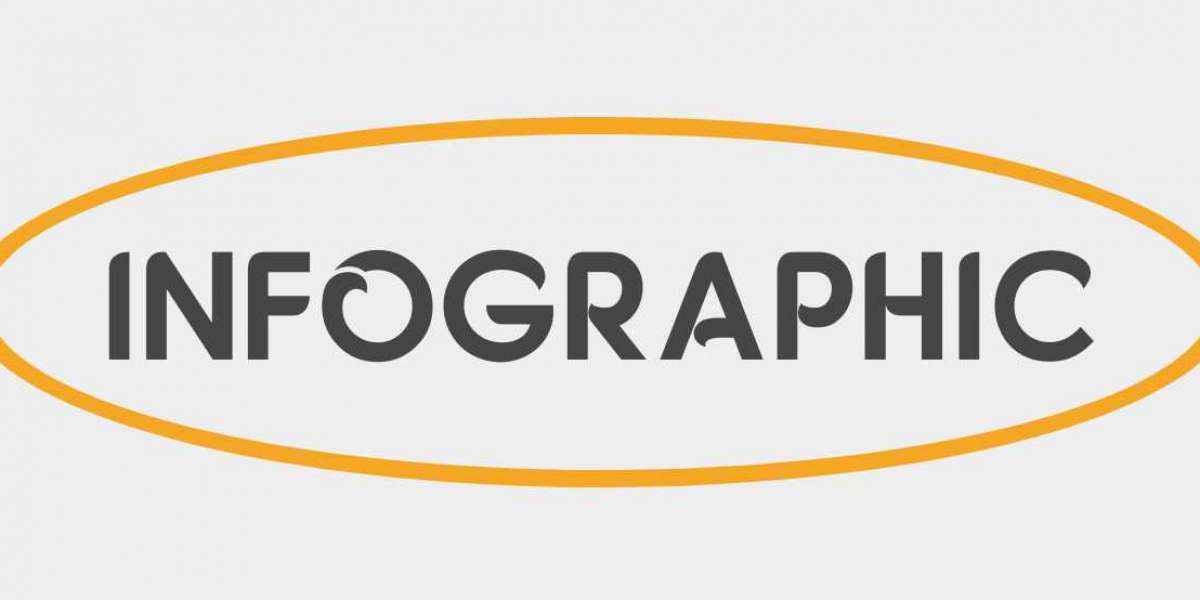Considering the ample benefits of laser hair removal, it has become one of the most used methods for unwanted hair removal. Despite the advantages it offers, many people still fear for its safety. Individuals thinking of getting it done might wonder if laser hair removal is safe for all skin types. Laser hair removal done by expert dermatologists or laser technicians, including the best dermatologist in Bangalore, ensures safety and efficacy.
This article will discuss the mechanism behind laser hair removal, how it affects different skin types, advanced laser techniques, precautions to ensure a safe and effective treatment and many more.
How Laser Hair Removal Works?
Laser hair removal utilizes laser light to destroy hair follicles by targeting the melanin pigment (a pigment present in skin and hair).
- The melanin in the hair absorbs the focused laser beam.
- Light energy is converted into heat, damaging the hair follicle, which delays or inhibits future hair growth.
The laser works to target melanin in the hair and skin. Thus, hair colour and skin colour play a major role in the procedure's safety and effectiveness.
Laser Hair Removal and Skin Types
Skin types are categorized based on their response to ultraviolet (UV) light. This classification is termed the Fitzpatrick scale. It ranges from Type I to Type VI. The former stands for very fair skin, and the latter indicates very dark skin. The Fitzpatrick scale relates to the sun and laser hair removal.
Skin Types and Sun Sensitivity: The Fitzpatrick scale considers the quantity of melanin (the pigment responsible for skin, hair, and eye color) in the skin and how it responds to sun exposure.
Individuals with lighter skin (Types I to III) burn more readily and are more vulnerable to sun damage, whereas individuals with darker skin (Types IV to VI) have more melanin and are less likely to burn but still require sun protection.
Role of Laser Hair Removal
Laser hair removal uses focused laser light to target and damage hair follicles, inhibiting hair growth. The Fitzpatrick scale indicates that a person's skin type can impact the effectiveness and safety of laser hair removal. The amount of melanin on the skin influences how the laser interacts with the skin and hair follicles.
- Lighter Skin Types (I-III): People with lighter skin types typically have less melanin in their skin, making them ideal for laser hair removal. The difference between their hair color and skin tone allows the laser to target the hair follicles while causing minimal damage to the surrounding skin.
However, attention is still required to avoid potential adverse effects such as burns or pigmentation changes, particularly for Type I skin.
- Darker Skin Types (IV-VI): People with darker skin have more melanin, making it more difficult for the laser to separate hair from surrounding skin. The laser may cause skin damage, such as burns or hyperpigmentation. Advanced laser systems may make the procedure safer for patients with darker skin.
Understanding the skin type is essential. It determines the type of laser utilized, the energy settings, and the degree of caution required during treatment.
Advanced Laser Technology
Some commonly used advanced lasers are:
- Alexandrite Laser
- Best suited for skin types I to III (light skin and dark hair.)
- Have a large spot size, thus providing quick treatment sessions.
- It imposes a high risk of skin damage and is thus not advised for darker skin tones.
- Diode Laser
- It offers versatility and is ideal for skin types I to IV.
- Suitable for large body areas and coarse hair.
- Advised laser treatment sessions should be completed to get optimal results.
- IPL Laser
- It is best suited for lighter skin tones, i.e., type I to III, but it can be used for varied skin types.
- Adjustable wavelengths tailored to different skin types and hair.
- With no downtime, individuals can return to work rights after the treatment.
Aftercare Guidelines for Laser Hair Removal
To get the best results and to minimize side effects, dermatologists advise following proper aftercare. It includes:
- Applying Cold Compresses.
Wet a clean, soft washcloth in cool water and apply it to the treated area for several minutes. This approach helps to alleviate transient swelling and pain following laser hair removal treatment.
- Applying Prescription Creams as Indicated.
The doctor may prescribe certain creams to relieve pain and discomfort after the treatment. Anti-inflammatory medications can also be used for pain relief.
- Protect the Skin from the Sun.
The doctor will advise avoiding direct sun exposure. Apply sunscreen to the treated area daily.
Contact for the Best & Safest Laser Hair Removal
Experts say laser hair removal is one of the most popular procedures due to its safety and effectiveness. However, like with any cosmetic procedure, following the dermatologist's aftercare instructions is important to ensure the best possible outcomes.
To get safe and effective laser hair removal in Bangalore, one can book a consultation at Charma Clinic. Here, the doctor can discuss the advantages and hazards of one's specific hair and skin type. Get hair-free and shiny skin now!



